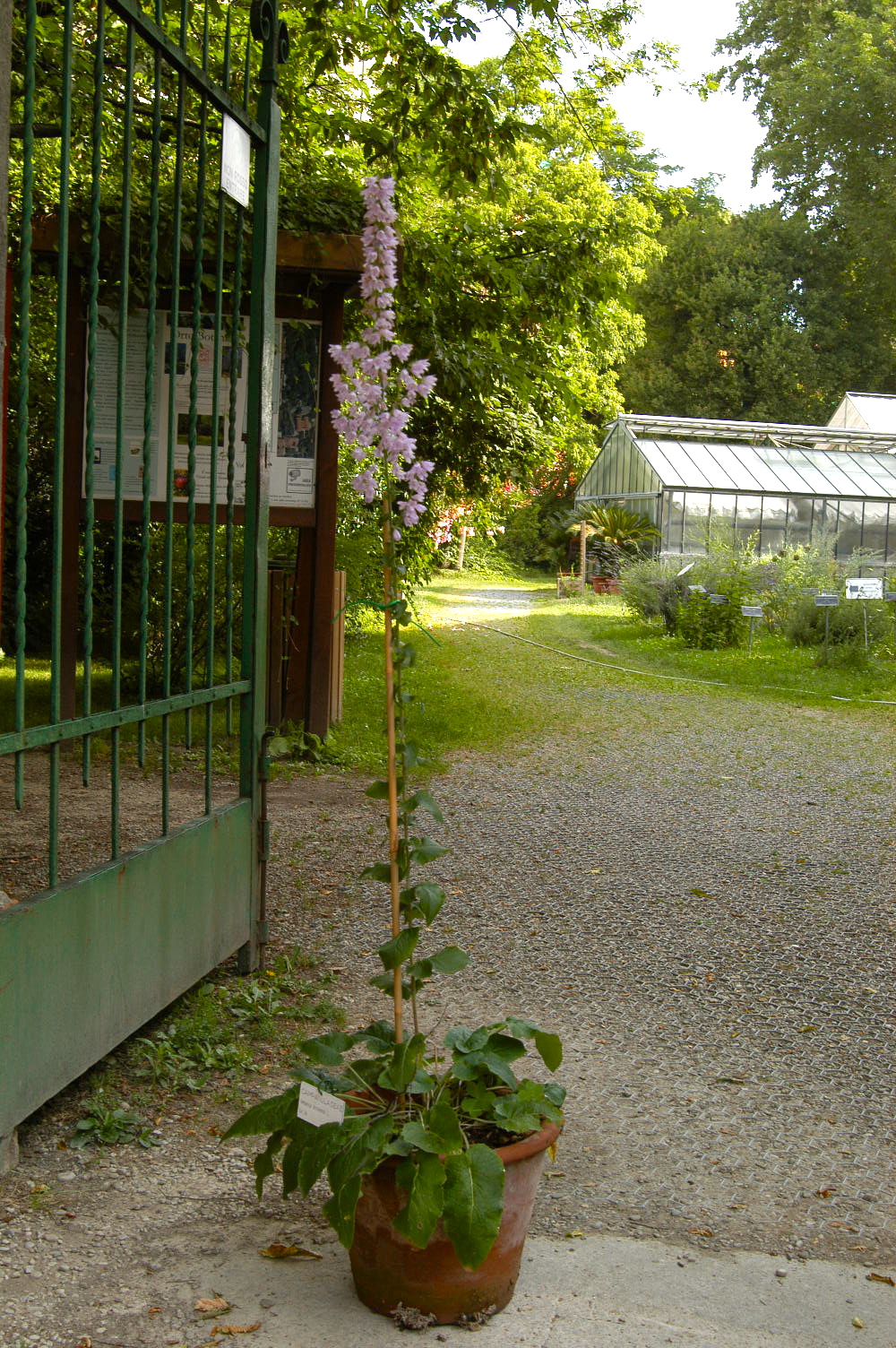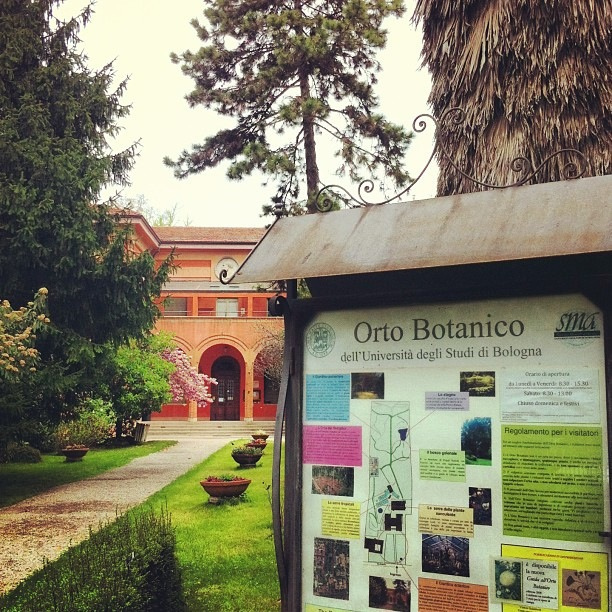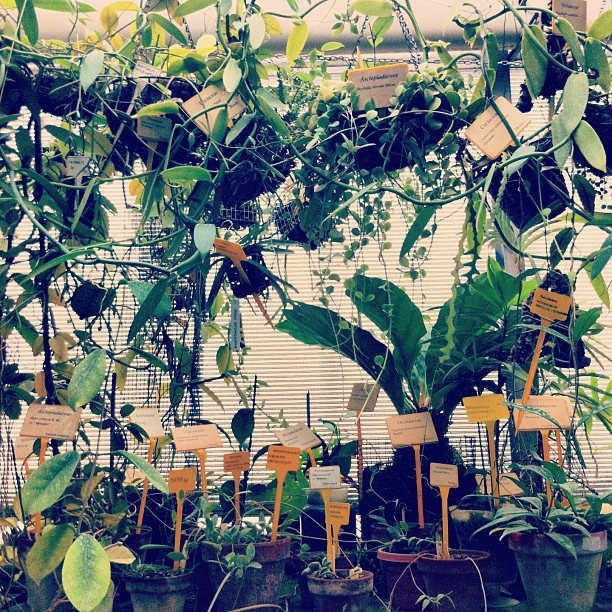
Orto Botanico dell’Università di Bologna
This post is also available in:
 Italiano (Italian)
Italiano (Italian)
Orto Botanico di Bologna is located in the city centre and it develops on a surface of about 2 hectares with a rectangular plant, which reaches the ancient boundary walls. It was founded in 1568, after the opening of one of the first tenures for Botany. Initially, inside Palazzo Pubblico, then in 1587, it was moved to Porta S.Stefano, and after that, in 1803, it was located in a new specs between Porta S.Donato and Porta Mascarella, which is now also the location of the faculty of Agriculture, to which the vegetable garden belongs. In the meantime, one of the directors of the vegetable garden was Ulisse Aldovrandi (1522-1605), great Italian naturalist, botanist and entomologist, who created also an important collection of officinal and exotic plants, which were extremely rare at the time.
Flora
Orto Botanico di Bologna counts about 1800 species and numerous monumental, arboreal specimens. In the forward garden, there is the collection of Asian origins (Metasequoia glyptostroboides, Cryptomeria japonica, Gingko biloba, Koelreuteria paniculata). In the rear garden, there is a collection of officinal plants (such as Ricinus communis, Digitalis purpurea, Atropa belladonna, Datura stramonium, Melia azedarach, Echinacea purpurea, Mandragora officinarum and Dryopteris filix-mas, the collection of Italian water and exotic plants, a collection of succulent plants and the collection of tropical species with specimens of Carica papaya, Ananas bracteata, Theobroma cacao.
In a forest area, there are monumental specimens of Platanus occidentalis, Taxodium distichum, Liquidambar styraciflua, Juglans cinerea and Juglans intermedia. Other areas of the vegetable garden are dedicated to rebuilding the typical flatland wood of the Po valley with its typical species like Populus alba, Acer campestre, Corylus avellana, and Euonymus europaeus.
Among the collections, there is also the one of carnivorous plants, which is located inside a small greenhouse, which was added to the 4 principal ones. There are serracenis, Dionaea muscipula with automatic-opening when the pray poses over it and Drosera filiformis which catches the pray through a sticky liquid.
This post is also available in:
 Italiano (Italian)
Italiano (Italian)
Contatti
Via Irnerio, 42 - Bologna(BO)
051 2091325
http://ortobotanicobologna.wordpress.com/
Altre info
Ingresso gratuito
Dal lunedì al sabato.
8.30-15.30; sabato: 8.30 – 13.00








